Partners
EPIQUE consists of 18 European research teams of experts from industry and academic research.
Partners
EPIQUE consists of 18 European research teams of experts from industry and academic research.
Quantum Lab
Quantum Lab group has a strong background in quantum photonics technologies and their applications in quantum information. In EPIQUE Quantum Lab is the leader of WP6, the work-package dedicated to the assembling and verification of the three machines. Quantum Lab will assemble QSPACE in this WP. In parallel, the group will contribute in WP5 for the design of the various QSPACE components such as fusion gates and GHZ generation modules as well as to the development of benchmarking and verification algorithms in WP7. Quantum lab has a long expertise in the coordination of European projects and will lead the work-packages of outreach and project management.


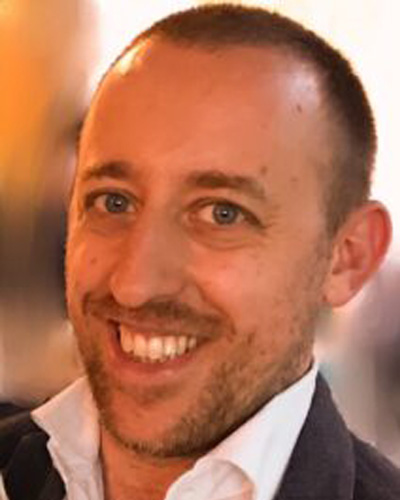
Fabio Sciarrino
Principal Investigator
Head of Quantum Lab and coordinator of EPIQUE. The role in the project is to supervise the activity of Quantum Lab and the assembling of QSPACE. He will coordinate the cooperation of the partners and their synergy for achieving the goals of the project.

Nicolò Spagnolo
Associate professor
His scientific background is in the implementation of multiphoton experiments in integrated optical circuits including the related validation protocols. In the project he will contribute in the assembling of QSPACE and in the development of verification techniques.
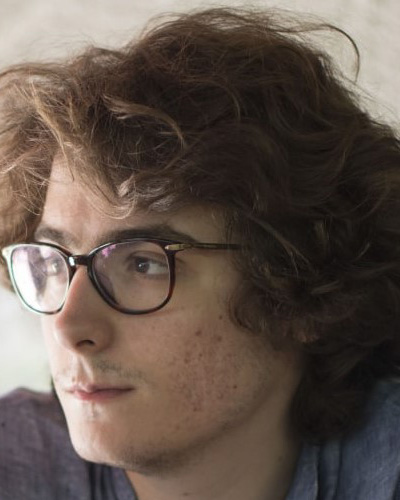
Giovanni Rodari
Post Doc
His research focuses on quantum causality, nonlocality and on quantum states generated from quantum dot sources. In EPIQUE, he will work on the optimization of multi-photon states generation and on tests of non-classicality. In the frame of the EPIQUE project, he is working on WP7 activities.
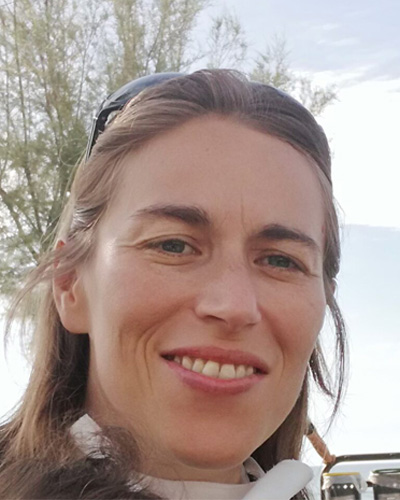
Giuliana Pensa
Project manager
Project manager of the team’s EU projects.

Rosario Di Bartolo
PhD student
Graduated in October 2024 at Sapienza Università di Roma under the supervision of Prof. Fabio Sciarrino, with a thesis entitled “Quantum Walk for Photonic Learning Machines.” Currently working on quantum reservoir computing with a photonic platform and on the development of photonic quantum computing architectures, in the frame of the EPIQUE project, he is working on WP6 activities.

Simone Di Micco
PhD student
Graduated in October 2024 at “Sapienza” university of Rome, under supervision of Prof. Fabio Sciarrino, with a thesis entitled “Generation and characterization of superposition states in the photon number basis generated by a quantum dot source”. Currently working on exploiting excitonic based quantum dot single-photon sources to perform quantum communications and quantum computing protocols, in the frame of the EPIQUE project, towards the realization of the European photonic quantum computer, on WP6.

Tommaso Francalanci
PhD student
Graduated in October 2024 at Sapienza Università di Roma under the supervision of Prof. Fabio Sciarrino, with a thesis entitled “Quantum Machine Learning with Adaptive Boson Sampling”. Currently investigating the experimental transition between boson sampling and universal quantum computing with photons, working with a photonic hybrid platform made up of a single photon source and a photonic integrated circuit, in the frame of the EPIQUE project, he is working on WP5 activities.
Nanophotonics
Development and study of ultra-bright sources of indistinguishable photons based on strain- and electric-field-tunable quantum dots in photonic cavities. The objective is to demonstrate high visibility of two-photon interference from remote and efficient single photon sources.


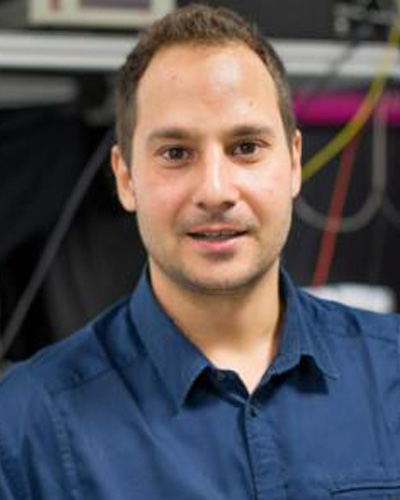
Rinaldo Trotta
Principal Investigator
Will contribute to the development and study of ultra-bright sources of indistinguishable photons based on strain- and electric-field-tunable quantum dots in nano-photonic cavities (WP1 Task 1.1). The objective is to demonstrate high visibility of two-photon interference from remote and efficient single photon sources (WP1 Task 1.2). Within EPIQUE, Rinaldo Trotta will also supervise the activities performed by the UNIROMA1 Nanophotonics group, will participate to project meetings (WP9 Task 9.5), and will contribute to the dissemination of scientific results as well as to other public outreach actions (WP8, task. 8.2 and 8.3).
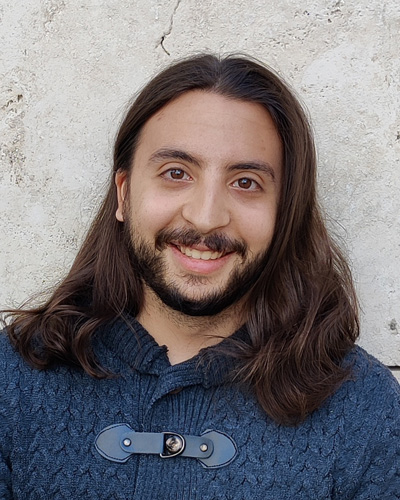
Mattia Beccaceci
PhD student
Will contribute to the demonstration of high visibility of two-photon interference from remote quantum dots in nano-photonic cavities (WP1 Task 1.2). Within EPIQUE, Mattia Beccaceci will also participate to project meetings (WP9 Task 9.5) and contribute to the dissemination of scientific results as well as to other public outreach actions (WP8, task. 8.2 and 8.3).

Fabrizio Cienzo
PhD Student
Will contribute to the design and integration of quantum emitters within photonic cavity systems, in particular to the development and study of ultra-bright sources of indistinguishable photons based on strain- and electric-field-tunable quantum dots in circular Bragg gratings (WP1, Task 1.1). The objective is to demonstrate high-visibility two-photon interference from remote and efficient single-photon sources (WP1, Task 1.2). Within EPIQUE, Fabrizio Cienzo will also participate in project meetings (WP9, Task 9.5) and contribute to the dissemination of scientific results as well as to other public outreach actions (WP8, Tasks 8.2 and 8.3).

Alessandro Laneve
Postdoctoral researcher
His work will focus on the demonstration of high visibility of two-photon interference from remote quantum dots in nano-photonic cavities (WP1 Task 1.2). Alessandro Laneve will also participate in project meetings (WP9 Task 9.5) and contribute to the dissemination of scientific results as well as to other public outreach actions (WP8, task. 8.2 and 8.3)."
UNIVIE
1) In Task 3.3, the University of Vienna (UNIVIE) will develop and deploy tailored switches to facilitate the realization of a mid-scale cluster-state quantum computation. These switches will enable feed-forward capabilities and minimize latencies, contributing to the project's objectives.
2) Work Package 5 focuses on the architecture design and analysis of key modules for the advancement of photonic quantum technologies. Task 5.2, led by the University of Vienna (UNIVIE), entails the analysis and optimization of the graph-state generation module, aimed at creating high-quality graph states essential for various quantum computing tasks. Concurrently, Task 5.3, also led by UNIVIE, delves into the architectural choices for the graph-state fusion module, facilitating the growth of larger graph states from fusion operations on smaller ones, including (heralded) 3-photon GHZ states. Both tasks involve comprehensive analyses, emulation packages, and techniques to validate operations and assess performance for small-scale computations.
3) Task 6.2, led by the University of Vienna (UNIVIE), involves the assembly of the time encoding machine (QTIME), utilizing quantum dot-based photon sources, programmable linear-optical elements, and eventually feed-forward capabilities to enhance protocol complexity. The ultimate goal of QTIME is to implement universal time-bin linear optics at a medium scale, surpassing manipulation of 10 qubits or photons.
4) Task 7.3, led by the University of Vienna (UNIVIE), focuses on the validation of experimental benchmarks across all project partners. Each experimental group will contribute standard validation benchmarks for their respective components. UNIVIE coordinates this effort, ensuring the adoption of advanced standards and validation methods throughout the project.

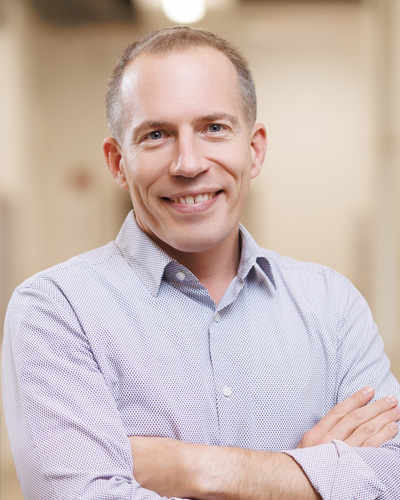
Philip Walther
Principal Investigator
Expertise: Well-established expertise in the field of photonic quantum technologies. Role in Project: PI Supervising all aspects of the project.
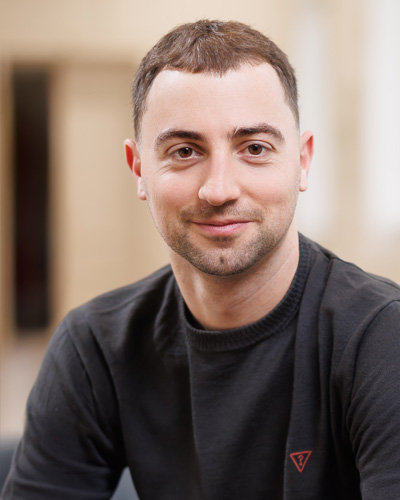
Lorenzo Carosini
PhD student
Expertise: "Photonic quantum information processing with quantum dot single-photon sources".
Role in Project: "Realization of a universal discrete variable quantum computing platform, utilizing temporally multiplexed single photons produced on-demand from a semiconductor quantum dot device".
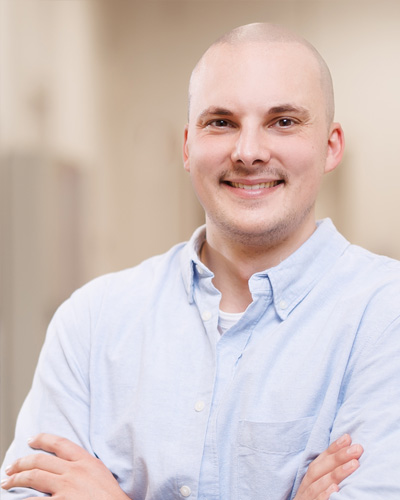
Simon Steiner
Master student
Provide theoretical support for the tasks of the University of Vienna at the EPIQUE project.
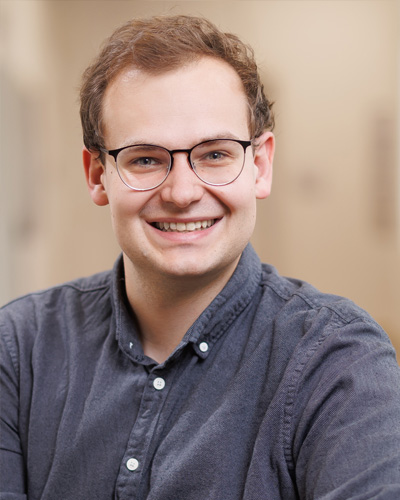
Martin Mauser
PhD student
Provide theoretical support for the tasks of the University of Vienna at the EPIQUE project.
CNRS
The group led by Prof. Pascale Senellart at CNRS – Center for Nanoscience and Nanotechnology (C2N) has a long expertise in quantum light generation with semiconductor quantum dots in microcavities. Over the years, the C2N group has shown that quantum dots can generate single photons at high rates and near unity quantum purity [1, 2] allowing to perform small-scale quantum information processing protocols [3, 4]. Adding an electron in the quantum dot, the C2N group exploits the optical selection rules where the electron spin state conditions the polarisation of the emitted photons. Doing so, the deterministically generation of entanglement between a spin and multiple photons was demonstrated, an important knob for measurement-based quantum computing or quantum networks [7].
Within EPIQUE, the C2N leads WP1 on Sources of photonic quantum states. C2N participates to the development of a reproducible and scalable single photon source technology based on quantum dots (task 1.2 and 1.3) and lead the development of efficient sources of linear cluster states (task 1.4).
Within WP6, the C2N group also develops one of the quantum computing prototype Qspace, based on path encoding integrating the single photon sources with photonic integrated chips developed by CEA and CNR and detectors developed by Single Quantum and UHEI.
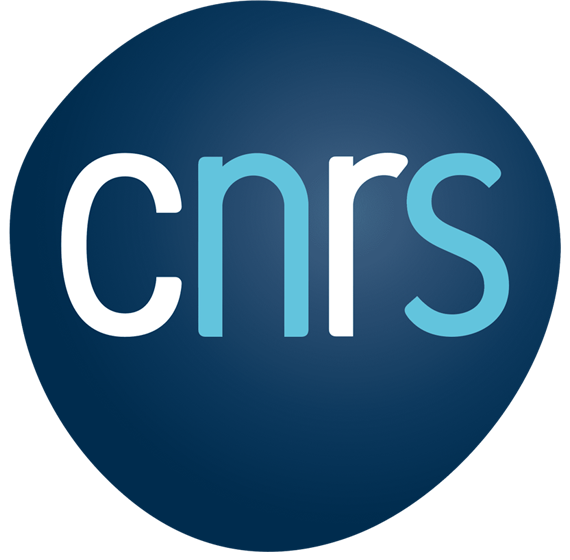
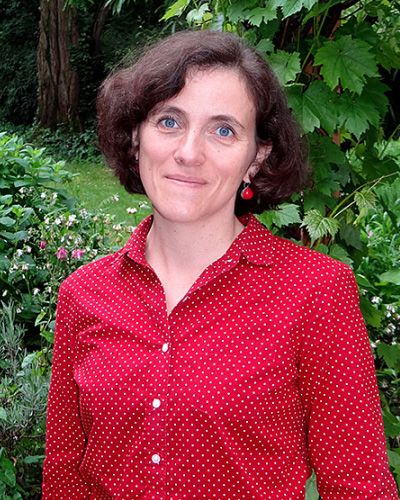
Pascale Senellart
Principal Investigator
Head of the CNRS C2N group, Pascale Senellart is an expert in solid-state quantum optics, quantum light sources, experimental optical quantum computing. Her role in the project is to supervise the activity of CNRS C2N group, coordinate the experimental effort in WP1, lead the effort on single and entangled photon sources based on quantum dot and participate to the assembly and operation of QSPACE.
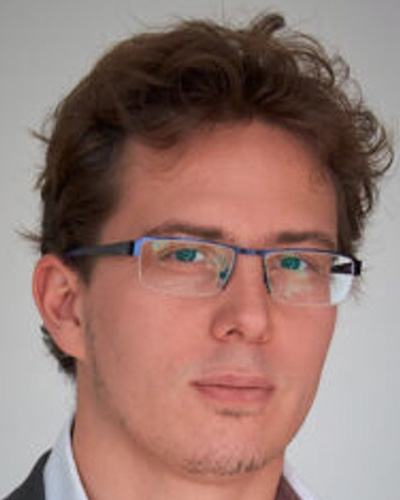
Loic Lanco
Associate Professor
Is an expert in solid state quantum optics, spin-photon interfaces and modeling of quantum dot cavity devices. He contributes to EPIQUE on the reproducible source fabrication, spin-mediated sources of linear cluster states, and polarization tomography.
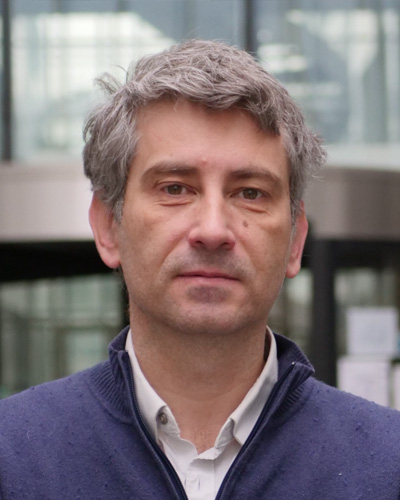
Olivier Krebs
Expert in spin physics in semiconductors quantum dot and nuclear spin dynamics. His role is to define optical schemes to increase the spin coherence time.
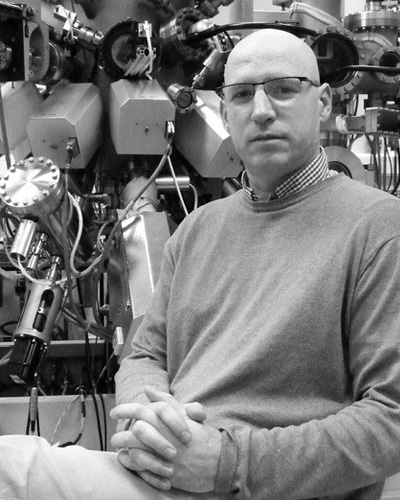
Aristide Lemaitre
Expert in III_V semiconductor epitaxial growth. His role in EPIQUE concerns the growth of quantum dot and microcavity samples.
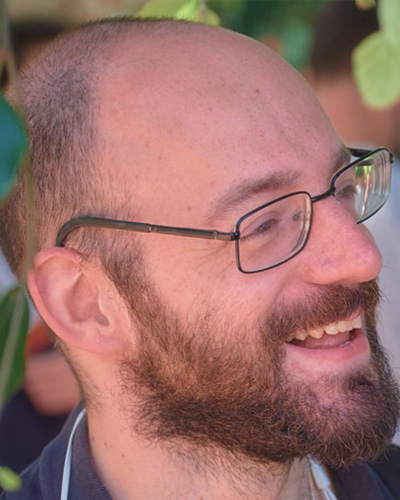
Dario Fioretto
Expert in ion and photon-based quantum information processing as well as photonic cluster state generation. He contributes to EPIQUE on the cluster state generation and polarization tomography.
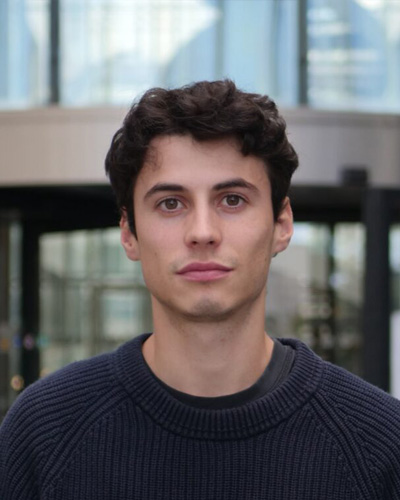
Thibaut Pollet
PhD student
Contributing to the controlled source technology
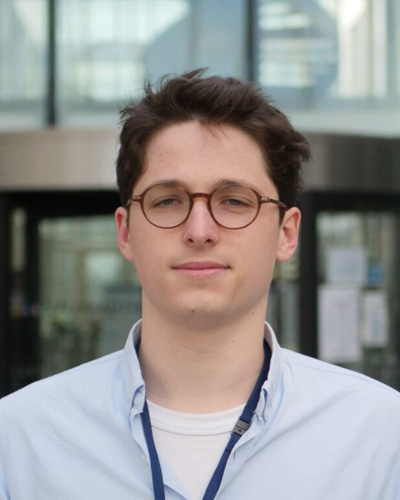
Helio Huet
PhD student
Contributing to the generation of photonic graph state through spin-photon entanglement
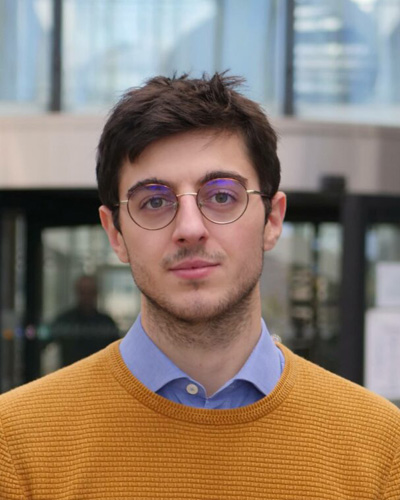
Etienne Bargel
PhD student
Contributing to the assembly and operation of QSPACE

Petr Steindl
Postdoctoral researcher
Expert in solid-state quantum optics, quantum light sources, and photon-based quantum information processing. He contributes to EPIQUE on the practical implementation of WP1 tasks at C2N and assembly of QSPACE.
DTU Electro
In the Quantum Light Sources Group at DTU Electro, we are responsible for delivering designs of highly efficient on-demand single photon sources as a part of Task 1.2 in WP1. This task will be carried out by performing advanced optical simulations to determine optimized designs that also allow for electrical contacts.

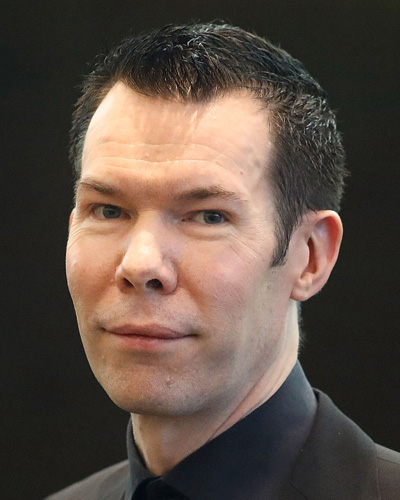
Niels Gregersen
Principal Investigator
Expert in advanced simulations of single-photon sources who is leading the task of delivering designs of highly efficient on-demand single photon sources.
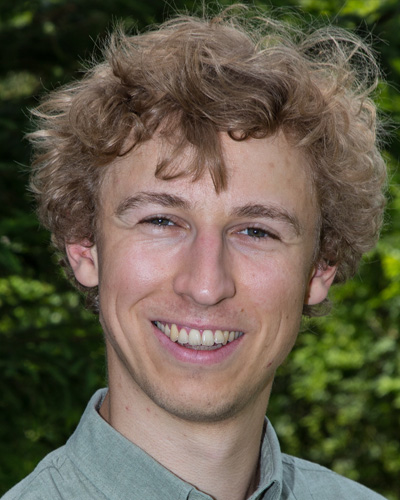
Martin Arentoft Jacobsen
Post-doc
Expert in advanced optical simulations of single-photon sources who is working on the task of delivering designs of highly efficient on-demand single photon sources.
DTU Physics
DTU has expertise in theory, design and modelling of highly efficient single-photon sources, including optical simulations of extraction efficiency and microscopic modelling of non-Markovian phonon-induced decoherence. DTU is also among the world-leaders in squeezed state generation and application of squeezed light and other quantum states of light to quantum computing, sensing and communication.
DTU will play a key role in the assembling of QSQUEEZE (WP6).
The assembly of the device for measurement-based Gaussian Boson Sampling will be carried out at DTU.

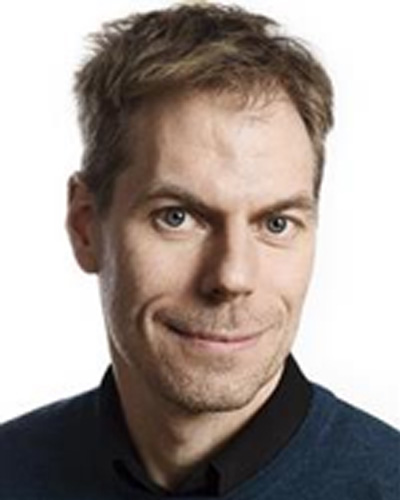
Ulrik Andersen
Principal Investigator
Professor, Section Leader, Quantum Physics and Information Technology
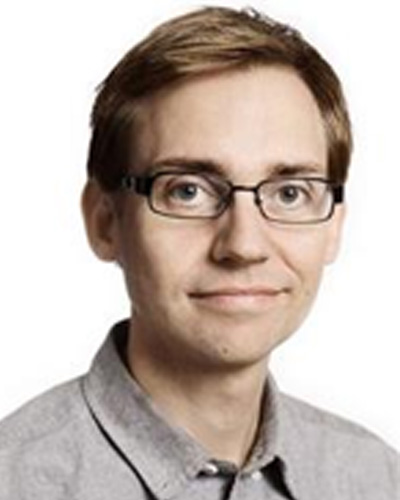
Jonas Neergaard-Nielsen
Associate Professor
Associate Professor, QPIT
CNR
The Institute for Photonics and Nanotechnologies (IFN) spearheads pioneering research in Femtosecond laser micromachining tailored for the advancement of photonic integrated circuits, notably achieving breakthroughs in the realization of programmable devices even with universal reconfigurability. Central to the functionality of programmable photonic integrated circuits is the incorporation of thermal phase shifters, facilitating the manipulation of information with high flexibility. IFN's principal contributions are concentrated within Work Package 2 (WP2) - Circuits and Gates, focusing on the refinement and development of programmable photonics circuits for quantum computation. However, significant efforts and accomplishments are also evident in Work Package 5 (WP5) - Photonic Quantum Computation Architectures and Work Package 6 (WP6) - Assembling and Testing of Photonic Quantum Computers, underscoring IFN's multifaceted engagement and impact within the realm of photonic quantum computing research.

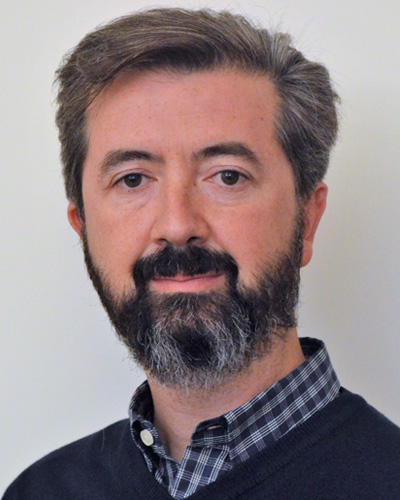
Roberto Osellame
Principal Investigator
Brings a longstanding and profound expertise in the fabrication of Femtosecond Laser Written Photonic Integrated Circuits (FLW-PIC) and assumes the responsibilities of unit coordination within the research group.
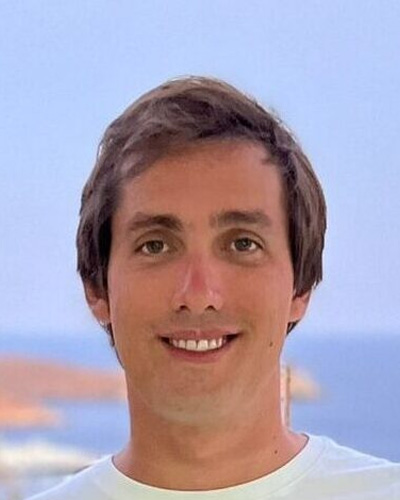
Giacomo Corrielli
Researcher
Specializes in the design and fabrication of photonic circuits, while concurrently serving as the leader of Work Package 2 (WP2) within the research group.
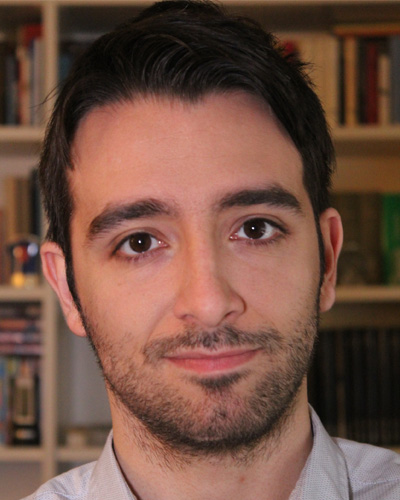
Francesco Ceccarelli
Researcher
Oversees the intricacies of programmability in FLW integrated photonic circuits, thus contributing significantly to the endeavors of the research group.
INL
INL will provide to the project theoretical expertise on photonic quantum computation. Namely, it will coordinate WP5, which addresses the theoretical modelling of both near-term and scalable architectures for photonic quantum computation. It will also contribute for the realization of the tasks from WP7, regarding verification of quantum computation, tests of non-classicality as well as applications of non-universal photonic quantum computers.

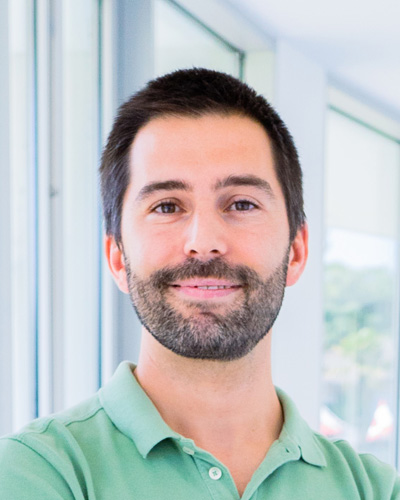
Leonardo Novo
Principal Investigator
Leonardo Novo is working on validation techniques for boson sampling, applications of non-universal photonic devices and different quantum computation models such as quantum walks and will contribute for WP5 and WP7.
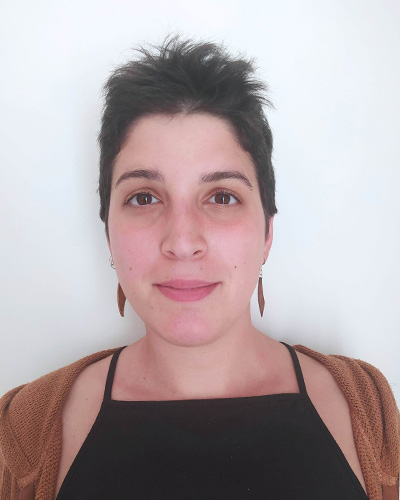
Anita Camillini
Anita is studying photonic fusion gates and will contribute in WP5.
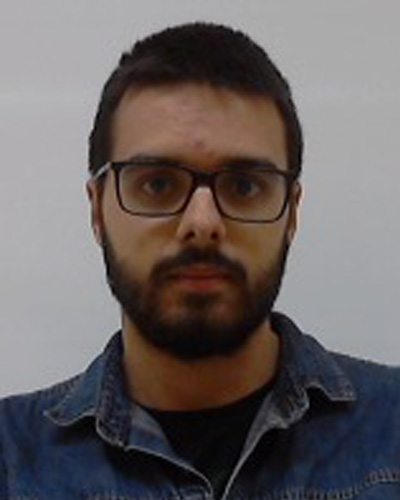
Carlos Fernandes
PhD candidate
Carlos works on numerical simulations of boson sampling as well as modelling of photonic distinguishability with relevance for WP7.
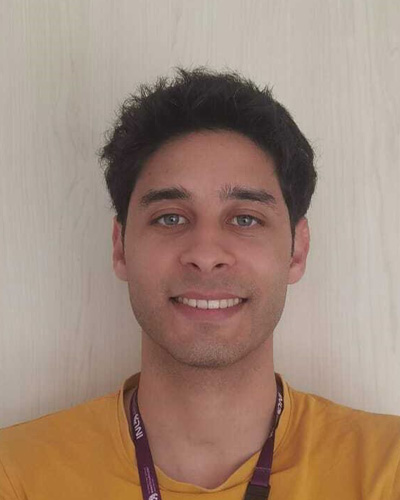
Rafael Wagner
PhD candidate
Rafael Wagner is working on different notions of non-classicality as well as non-classicality tests that may be implemented in WP7.
UPB
UPB’s strong knowledge in the fabrication and implementation of integrated quantum sources and circuits, the exploitation of spectral engineering of pulsed quantum states of light and the realization of quantum information protocols will be of high importance for achieving EPIQUE’s objectives.


Christine Silberhorn
Principal Investigator
Christine Silberhorn is head of the Integrated Quantum Optics group and spokesperson of the Institute for Photonic Quantum Systems (PhoQS) at Paderborn University. She is an expert in integrated quantum photonic systems and co-inventor of the Gaussian boson sampling protocol. Her group recently put into operation Europe’s largest Gaussian boson sampling machine, the Paderborn Quantum Sampler (PaQS). In the project, she leads WP3 and contributes to the assembly and operation of QTIME.

Benjamin Brecht
Group Leader
Benjamin Brecht is group leader for Quantum Networks in the Integrated Quantum Optics group. He has experience in quantum optics with pulsed light and time multiplexing. In the project, he oversees the efforts of the Paderborn node and participates in the realization of QTIME.

Laura Padberg
Group Leader
Laura Padberg is group leader for Quantum Photonics Technology in the Integrated Quantum Optics group. She has experience in fabrication technology and device design and is leading efforts on building fast, low-loss integrated modulators in thin-film lithium niobate for feed-forward applications in QTIME.

Jonas Lammers
PhD student
Jonas Lammers is building the time-multiplexed system at UPB. His research includes the development of new universal architectures for time-multiplexed quantum systems as well as their demonstration and verification.
CTP PAS
Center for Theoretical Physics, Polish Academy of Sciences
The team of CTP PAS will contribute to research on computational hardness, verification and possible applications of non-universal models of photonic quantum computation - such as Boson Sampling and Gaussian Boson Sampling. Additionally, we will work actively to develop schemes for efficient tomography and benchmarking of classes of partial distinguishability in multi photon sources.


Michał Oszmaniec
Principal Investigator
Michał Oszmaniec specialises in theory of quantum supremacy proposals, shadow tomography and classical simulation protocols for noisy quantum processes. Within the Epique project he will work on quantum supremacy proposals, photonic shadow tomography and theory of partial distinguishability of photons.

Marcin Kotowski
Researcher
Marcin Kotowski - Researcher (PhD in Mathematics, University of Toronto, 2016) has expertise in high-dimensional probability, random walks and complexity theory. Within Epique project Marcin works on theoretical and probabilistic aspects of photonic shadow tomography and efficient tomography of partial distinguishability.
Single Quantum
SQ is a manufacturer of Superconconducting Nanowire Single Photon Detectors (SNSPDs) and is responsible for leading workpackage 4, dedicated to high efficiency detectors, a key component in developing photonic quantum computers. Within workpackage 4, SQ task is to focus on optimizing SNSPDs in order to reach the best possible efficiency together with an ultra-high detection count rate.

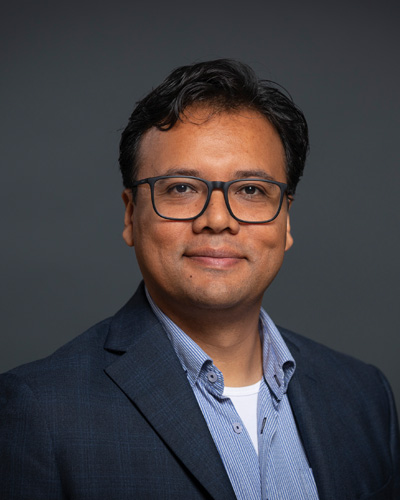
Mario Castaneda
Principal Investigator
Mario’s expertise involves experimental Quantum Optics together with experience in coordinating and executing research projects related to SNSPDs development for various applications. He will oversee the activities related to EPIQUE within SQ.
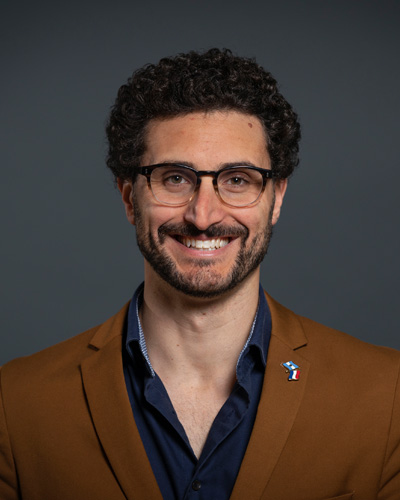
Martin Caldarola
Lead Application Scientist
Martin is specialized in SNSPDs for imaging and quantum applications; he will simulate and design the SNSPDs to be used in EPIQUE.
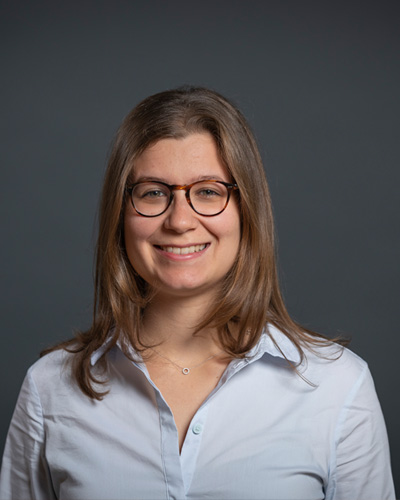
Federica Facchin
Research Engineer
Federica is involved in multiple research projects regarding the SNSPD technology’s innovation and improvement; in EPIQUE she will contribute by communicating with the project partners to incorporate their input in the device design.
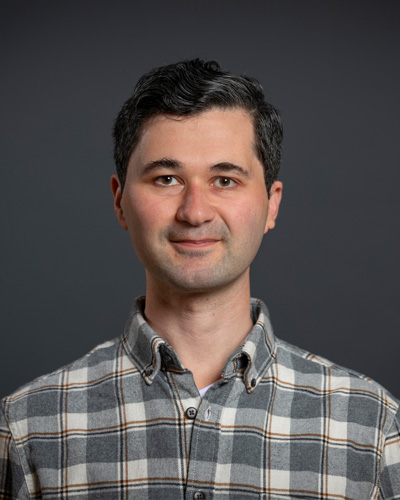
Amin Fakhree
Application Scientist
Amin has experience with characterization of SNSPDs and using these detectors in free-space and fiber-coupled optical systems. ; he will thoroughly test the detectors for EPIQUE.
QUANDELA
Quandela specialises in the production of photon-based quantum computing and cloud solutions, enabling organisations to achieve their quantum transformation. Within the EPIQUE project Quandela leads the work package on benchmarking, verification and applications (WP7). Quandela also contributes to the development of quantum computational architectures (WP5), especially in analysing realistic resource-tradeoffs for scalability (T5.4). Finally, Quandela participates in the optimisation of single photon sources (WP1), leveraging significant experience in commercialising highly-efficient quantum dot single photon emitters (T1.4).
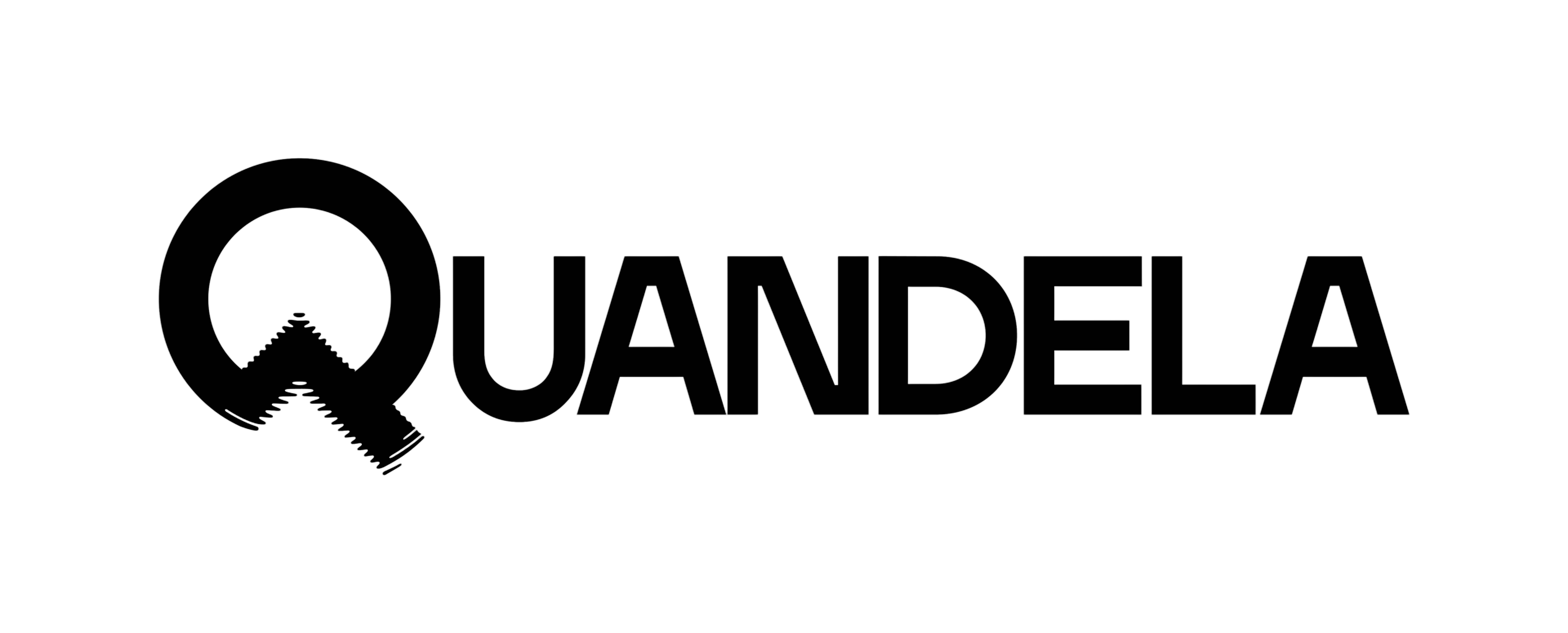
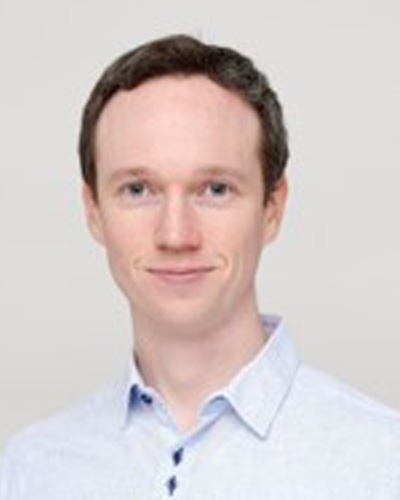
Shane Mansfield
Principal Investigator, Chief Research Officer
Expert in the theory and foundations of quantum computing.
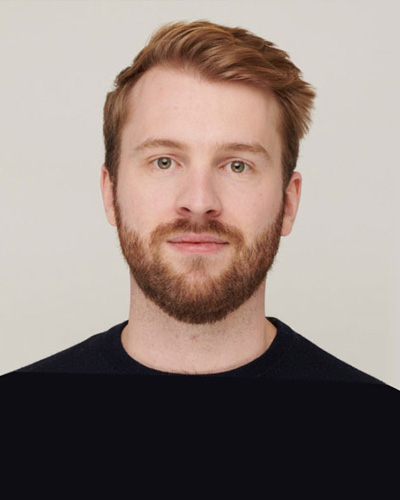
Sébastien Boissier
Head of R&D Semiconductor Quantum Devices
Expert in quantum optics, integrated photonics and single-photon sources.
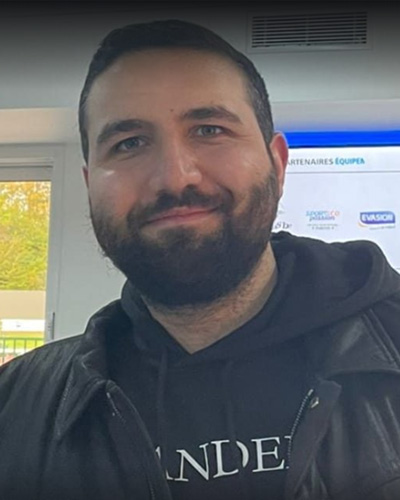
Rawad Mezher
Error Mitigation Lead
Specialist in boson sampling, error mitigation, benchmarking and verification of quantum processors.

Katherine Frégnac
Academic Partnerships Manager
Expert in project management for European and international collaborations. Bridging research and industry to foster innovation in photonic quantum technologies
CEA
The silicon photonics lab at CEA has a strong expertise in integrated photonic technologies on silicon for applications ranging from telecom/datacom to neuromorphic and quantum applications. In EPIQUE, CEA is developing integrated programmable processor circuits based on silicon nitride waveguides, working at 925 nm wavelength for compatibility with single photon sources based on III-V quantum dots (Task 2.1). The challenge is to achieve minimal propagation losses, maximal in/out coupling efficiency to optical fibres and minimal thermal cross-talk between the elementary units of the circuits. These processing circuits will be assembled by EPIQUE partners in Task 6.1 to build the quantum computing machine called QSPACE. In parallel, CEA is also developing integrated high-speed and low-loss switches based on the integration of lithium niobate material on the silicon nitride platform using the well-mastered direct bonding technique of LNOI substrates (Task 3.2). These switches are required for the implementation of feed-forward quantum computing schemes in next-generation quantum computing processors.
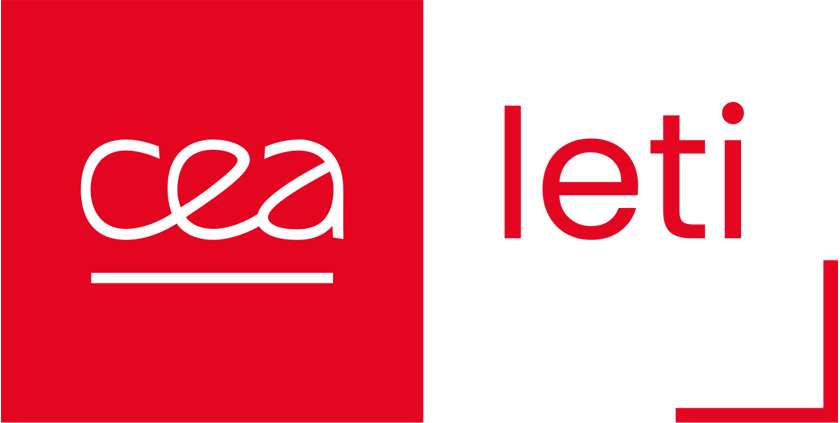
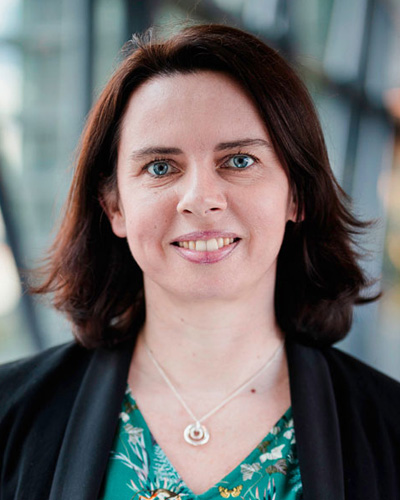
Segolene Olivier
Principal Investigator.
Head of the quantum photonics team.

Peinke Emanuel-Thomas
Senior researcher.
EPIQUE contribution: Project management and silicon nitride circuit design.

Rota Bianca
Junior Researcher.
EPIQUE contribution: circuit design

Girard-Desprolet Romain
Researcher.
EPIQUE contribution: Lithium niobate switch development.

Desieres Yohan
Senior researcher.
EPIQUE contribution: Lithium niobate switch development.
Faugier-Tovar Jonathan
Researcher.
EPIQUE contribution: Responsible for the circuit fabrication in our CMOS clean rooms.
Brision Stéphane
Technicien.
EPIQUE contribution: CMOS compatible circuit fabrication
Dunoyer Nicolas
Technicien.
EPIQUE contribution: Circuit testing
CVUT
In EPIQUE, CVUT will mainly contribute to WP5, on novel quantum computation algorithms for nonlinear maps and new models of Boson sampling, and WP7, where they will focus on characterising the quantum nature of experiments conducted by partners in this project. They are the lead partner in charge of Task 7.2, "Testing Non-classicality".
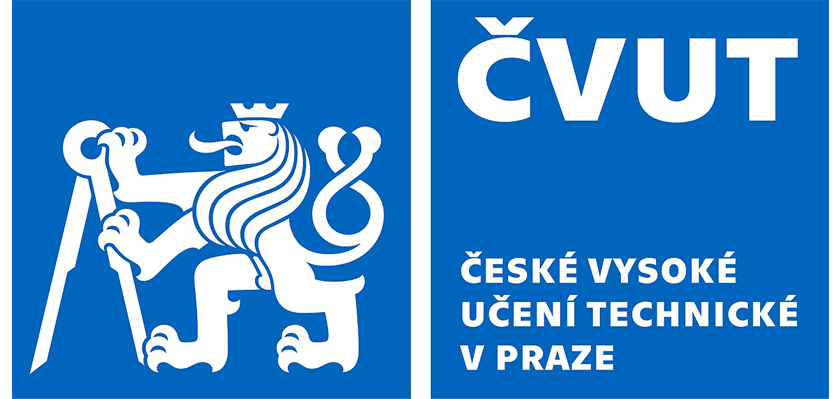
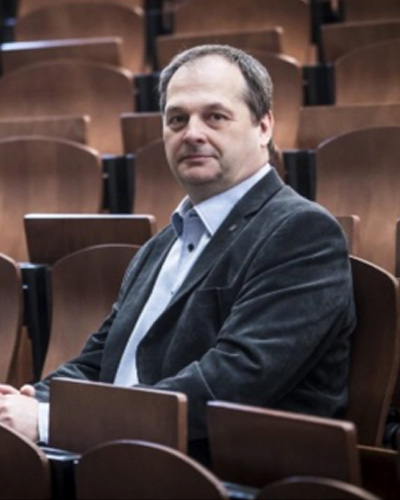
Igor Jex
Principal Investigator
He is a Professor of Physics at CVUT, and his main interests are in Quantum Walks, Boson sampling and experimental implementations of quantum phenomena.

Aurel Gabris
Researcher
He is a senior researcher at CVUT, who will focus on nonlinear maps and their properties
Craig Hamilton
Researcher
He will work on Boson sampling algorithms, by developing new models using more complicated dynamics and by also will research methods to characterise the quantum experiments carried out in EPIQUE.
Deepti Sharma
Researcher
She is working on Boson sampling problems. She joined the team in April 2025.
Magdalena Paryzkova
PhD student
She is working on advanced numerical calculations of Boson sampling, using the techniques of Matrix Product operators. She will use these techniques to model experiments performed within the EPIQUE project by other partners.
UHEI
The UHEI team will contribute to the QSQUEEZE machine (Task 6.3), focusing on developing engineered quantum light sources in LNOI. Our work involves two approaches: creating a SPDC source through modal phase matching in an on-chip resonant structure, and utilizing a periodically poled waveguide to generate squeezed states. The most promising structure will then be used to produce large-scale squeezed cluster states (Task 2.3). Additionally, we'll assist in creating reconfigurable gates and networks on a silicon nitride platform, involving the realization of a robust and low-loss photonic network via thermo-optic modulators (Task 2.1). Collaborating with Tyndall, we'll contribute to packaging the components of the QSQUEEZE machine (Task 2.5), focusing on fiber-to-chip (Task 3.1) and electrical interfaces. We'll also develop waveguide-integrated single-photon detectors on the SOI platform, capable of sustaining GHz count rates and offering up to 3 photon pseudo-photon number resolution capability.
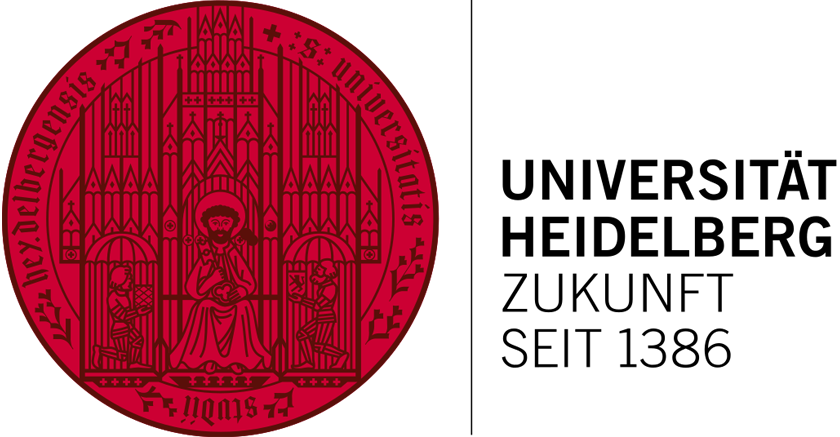
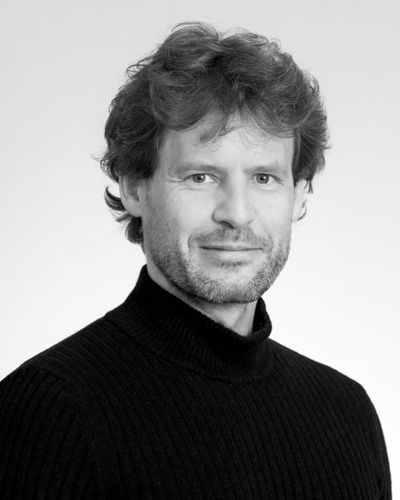
Wolfram Pernice
Principal Investigator
Wolfram Pernice is overseeing the research activities on waveguide integrated superconducting detectors and lithium niobate reconfigurable photonics
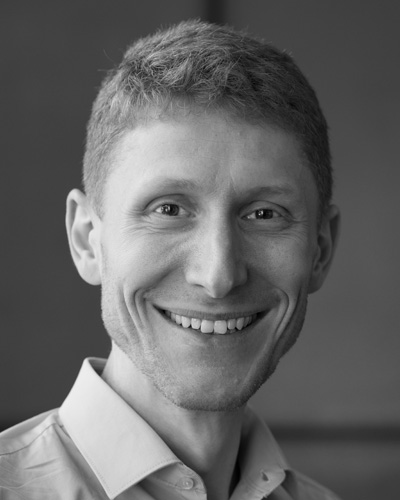
Simone Ferrari
PostDoc researcher
Simone Ferrari will mainly be involved in th realization of waveguide-integrated single-photon detectors capable of sustaining GHz count rates
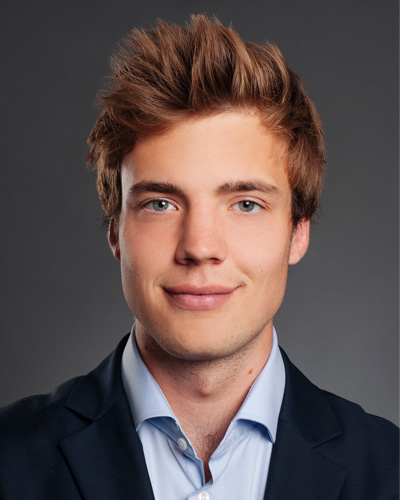
Philipp Schultzen
PhD candidate
Philipp Schultzen works on periodically poled waveguides to generate the squeezed states
QUBIG
QUBIG GmbH is a leading provider of advanced Electro-Optic Light Modulators for precise control of all light properties. As part of EPIQUE, QUBIG develops new scalable methods for single photon (de)multiplexing that use a reduced number of free-space active optical elements (Task 3.1). Additionally, QUBIG develops novel arbitrary tuneable linear optical elements for phase, polarization, and amplitude control of single photons to enable the precise tuning of single-photon properties at a scale of tens of nanoseconds (Task 3.2) that will be interfaced with lithium niobate photonic circuits for fast active manipulation of qubits (Task 2.2).

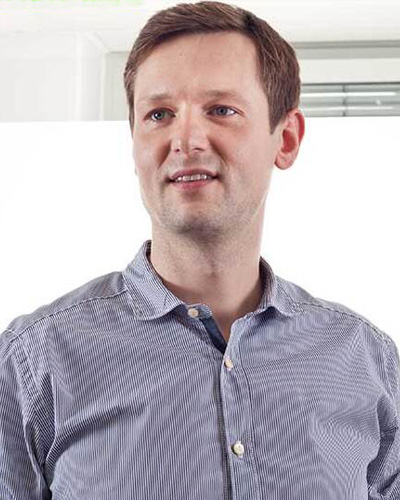
Enrico Vogt
Principal Investigator
CEO and founder of QUBIG GmbH with a background in the physics of ultra-cold atoms and BOSE Einstein condensates. Expert on Electro-optic modulators and High-frequency electronics for high-precision applications. Role in Project: Supervises all aspects of the project.
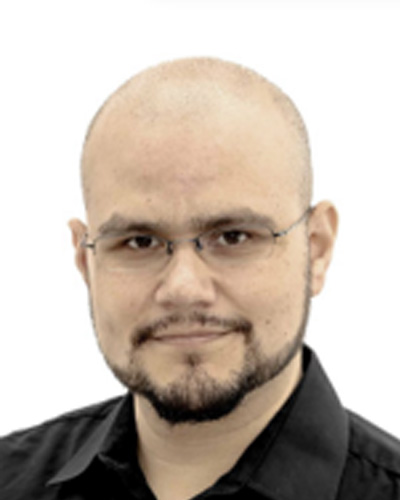
Miguel Martinez Dorantes
Head of R&D - Light Modulators
Expert on Light Modulators for high-precision applications with a background in single-atom cavity QED. Role in Project: Development of light modulators and supervision of the technical aspects of the project.
UNIFI
UniFi focuses on the development of theoretical models and algorithms for different quantum computing platforms. Within the EPIQUE project, UniFI leads Task 7.4 (Sampling-based applications) in WP7 on the development of quantum enhanced algorithms that run on the photonic processors, with applications in machine learning, molecular docking, and general optimization problems defined on graphs. UniFI also contributes to the development of different validation and certification protocols in WP7, by combining quantum algorithms and machine learning techniques, and to the development of quantum computational architectures (WP5), in particular by analysing resource-tradeoffs for scalability (Task 5.4).

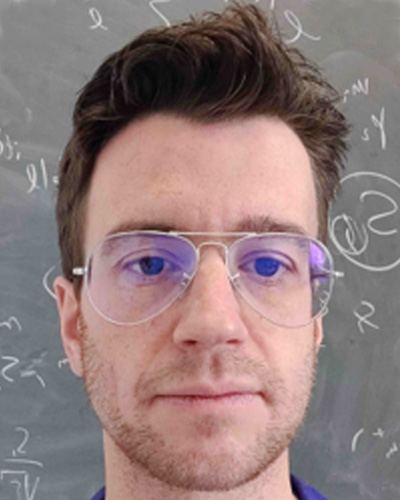
Leonardo Banchi
Principal Investigator
Works on quantum computing, quantum communication and sensing, many-body physics and machine learning. Within the EPIQUE project he is coordinating the activities on boson sampling applications and developing new algorithms and validation techniques.

Dominic Branford
Works on quantum sensing. Within the EPIQUE project he is working on techniques to evaluate and verify the capabilities of photonic quantum computers, and developing new algorithms for photonic quantum computers.
UCC/Tyndall
UCC is Ireland's largest research centre, specialising in microelectronic and photonic technologies. Key area of specialisation includes device fabrication, advanced packaging and systems integration. The institute has state-of-the-art cleanroom facilities and many full-time experienced research staff.
The institute collaborates on multiple National and European research projects, while also supporting the research needs of many companies. UCC also hosts the European Photonics Packaging Pilot Line, PIXAPP.
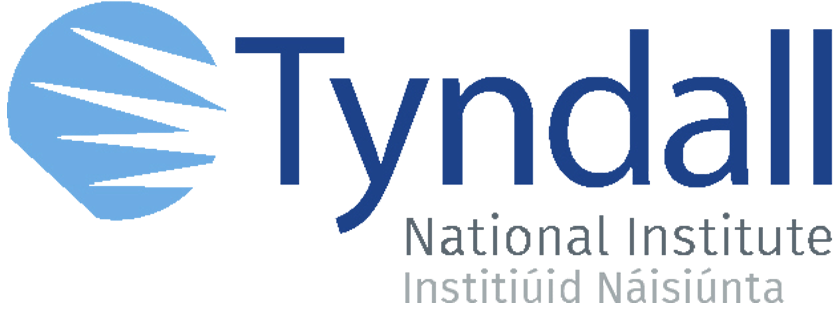
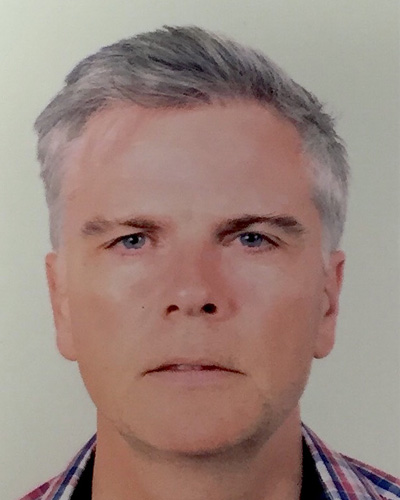
Peter O'Brien
Principal Investigator
IMEC
IMEC conducts world-leading research in nano-electronics and pioneers revolutionary advancements in fields like healthcare, energy, connectivity, and quantum technology. Within the EPIQUE project, imec IDLab contributes its expertise to the development of high-sensitivity, high-bandwidth opto-electronic homodyne detectors for QSQUEEZ quantum computing machines in Work Packages 2 and 4.

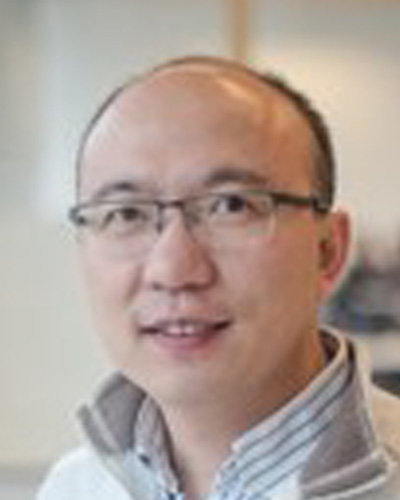
Xin (Scott) Yin
Principal Investigator
Expertise and planned activities: Xin (Scott) Yin is a Staff Scientist at imec and professor at Ghent University, Belgium. He has extensive experience in managing research activities, particularly in international projects, such as PIEMAN, EUROFOS, MARISE, C3PO, DISCUS, Phoxtrot, MIRAGE, SPIRIT, WIPE, Teraboard, STREAMS, PICTURE, QAMeleon, 5G-PHOS, PlasmoniAC, POETICS, NEBULA, UniQorn, QSNP, Qu-Test, EQUO and GreenTouch consortium. He has authored and co-authored more than 250 journal, book chapter and conference publications in the field of photonics-electronics co-design&co-integration and advanced fiber-optic communications&computing, and received GreenTouch 1000x Award in recognition of his competence to collaborate with industry and research leadership. Presently, he leads quantum research initiatives in imec IDLab and serves as Principle Investigator of the EPIQUE project.
NKT PHOTONICS
NKT Photonics is the leading supplier of high-performance fiber lasers and photonic crystal fibers. In task 2.4 NKTP will develop a large duty-cycle pulsed two-color laser system specifically designed for the requirements of the QSQUEEZE machine (T2.3, T6.3)

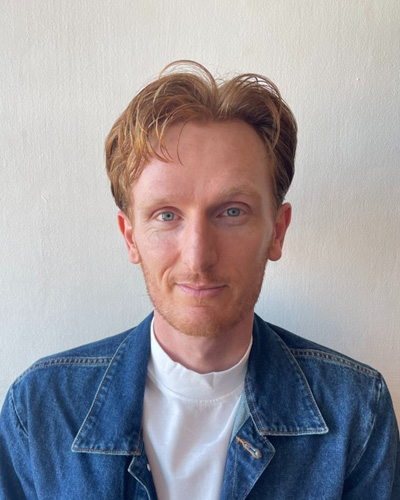
Patrick Bowen Montague
Principal Investigator
Patrick Montague is the Manager of NKTP’s Future Technologies department and has a supervisory role in the project.

Casper Ahl Breun
Research Scientist
Casper Breum is a Research Scientist in NKTP’s Future Technologies department and has background in quantum optics. He will design and build the custom laser system for the QSQUEEZE machine (T2.4)
Project info
Explore
Find Us

· Funding programme: Horizon Europe
· Call: HORIZON-CL4-2023-DIGITAL-EMERGING-01-CNECT
· Grant agreement no: 101135288
· Overall funding: € 10,340,741.50 · Period: 1 January 2024 – 31 December 2026
© 2024 EPIQUE
All rights reserved
Explore
Find Us
Project info
· Funding programme: Horizon Europe
· Call: HORIZON-CL4-2023-DIGITAL-EMERGING-01-CNECT
· Grant agreement no: 101135288
· Overall funding: € 10,340,741.50 · Period: 1 January 2024 – 31 December 2026


